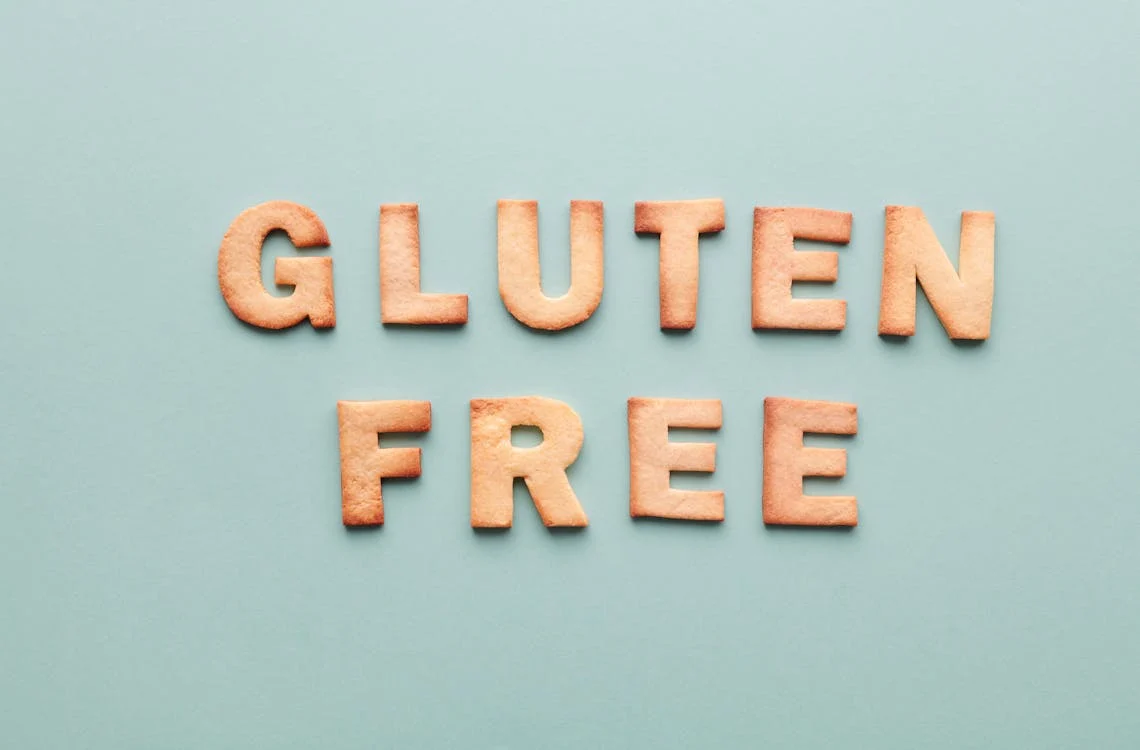Gluten-Free, Is It For Me?
 Following an eating pattern that excludes gluten has become mainstream. It is touted as a healthier way of eating and is frequently grouped with vegan and vegetarian diets. However, eating a gluten-free (GF) diet may not benefit everyone but is necessary if someone needs to for medical reasons. Gluten is a protein found in wheat, barley, and rye. Other gluten-containing products include breads, pastas, cereals, soy sauce, and beer, among other commonly eaten foods.
Following an eating pattern that excludes gluten has become mainstream. It is touted as a healthier way of eating and is frequently grouped with vegan and vegetarian diets. However, eating a gluten-free (GF) diet may not benefit everyone but is necessary if someone needs to for medical reasons. Gluten is a protein found in wheat, barley, and rye. Other gluten-containing products include breads, pastas, cereals, soy sauce, and beer, among other commonly eaten foods.
Why Go GF?
There are four medical reasons to exclude gluten:
- Celiac disease (CD)is one of the most prevalent diagnoses. This is an autoimmune condition where an immune response is triggered upon eating gluten. Nutrient absorption is disrupted, and after years of consuming gluten, individuals can suffer harmful consequences.
- Non-celiac gluten sensitivity (NCGS) is another common diagnosis. When someone experiences NGCS, they may have abdominal pain, bloating, diarrhea, constipation, “foggy brain,” rash, or headache, which are similar to celiac symptoms. The difference between CD and NGCS is that with NGCS, individuals do not experience damage to the small intestine. There is less research pertaining to this condition, but the exclusion of gluten tends to improve symptoms.
- Gluten ataxia is another autoimmune disorder related to gluten. This condition affects specific nerve tissues and can cause issues with muscle control.
- Wheat allergies are another reason why someone would eliminate gluten from their diet. An allergy is an immune response to a protein. In this instance, the body will mistake gluten for something else and cause an attack. As a result, individuals will experience congestion, trouble breathing, and skin reactions.
What To Consider with GF Diets
Luckily, finding GF products has become much easier in the past few years. There are also many naturally occurring options like fruits, vegetables, eggs, proteins and beans, legumes as well as unprocessed nuts.
This also doesn’t mean an individual needs to eliminate all starches or grains from their diet. There are healthful starches that are free of gluten that include amaranth, arrowroot, buckwheat, corn, flax, quinoa, rice, and teff.
There are important things to consider when adopting a GF diet. Just because a product is GF, it doesn’t mean it is healthful as they may include more sugar, salt or fat to make up for the lack of gluten in the product.
Navigating a GF Diet
The good thing these days is that there are tons of products available when following a GF diet. Eating out can be challenging. It is important to be your own advocate when picking restaurants or other places that serve food.
Many restaurants often have their menu online so individuals can check to see if there are gluten-free options available beforehand. There is usually a key with a symbol that says “gf/GF”. Restaurants may also make changes to their offerings to remove gluten. Individuals should inform the waitstaff when ordering that they need their meal to be prepared GF. This is to ensure there is no cross-contamination.
Even if an item is listed as “gluten-free” it might still be cooked in the same pan as something that contained gluten, or the same utensils could have been used. Speaking up ensures that your meal is cooked safely.
Try one of our favorite (GF) recipes: gluten-free vegan brownie bites.
GF Risks
There is no adverse health risk to adopting a GF diet. It is extremely beneficial and life-improving if individuals remove gluten from their diet if they have a health issue like celiac disease. It is important to consider that nutrient intake may change with the removal of gluten. This is because wheat contains products to provide essential vitamins and minerals like thiamin and riboflavin (B vitamins).
The Bottom Line
Going GF for medical reasons or other health issues can be challenging. However, there are many resources out there to help one along their journey to adopting a GF lifestyle.
